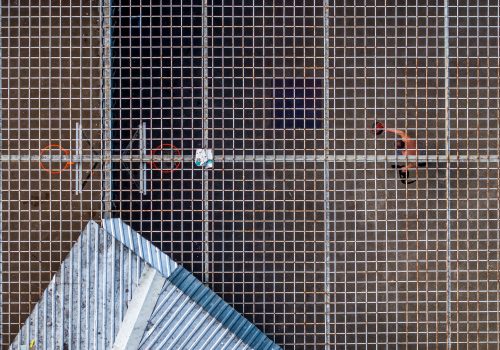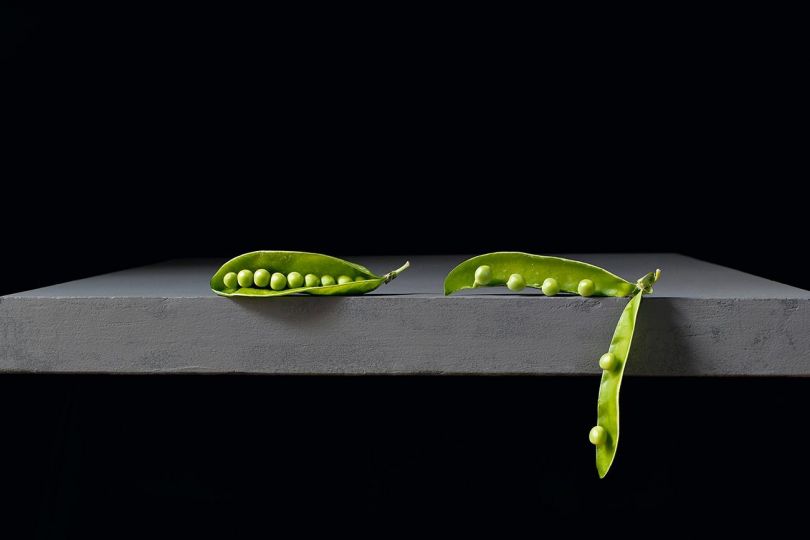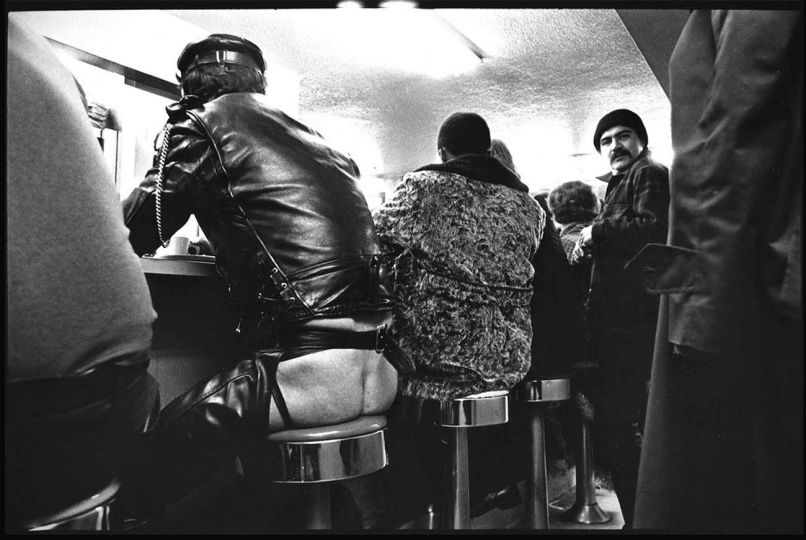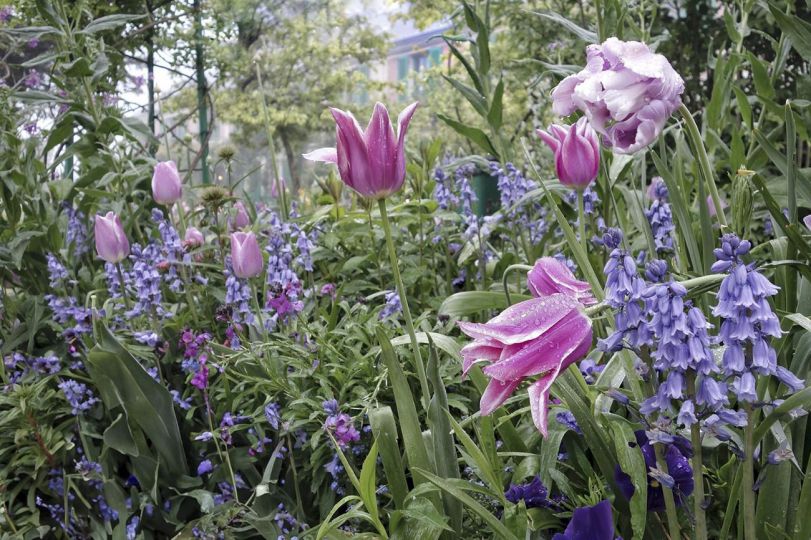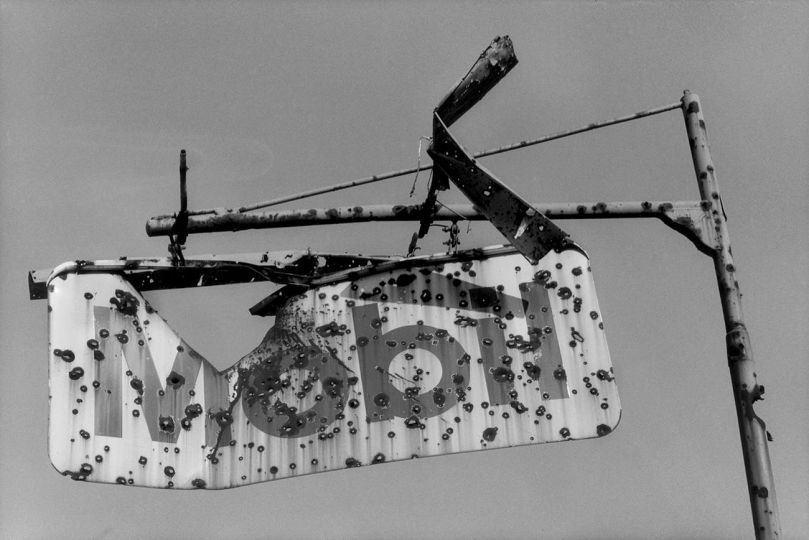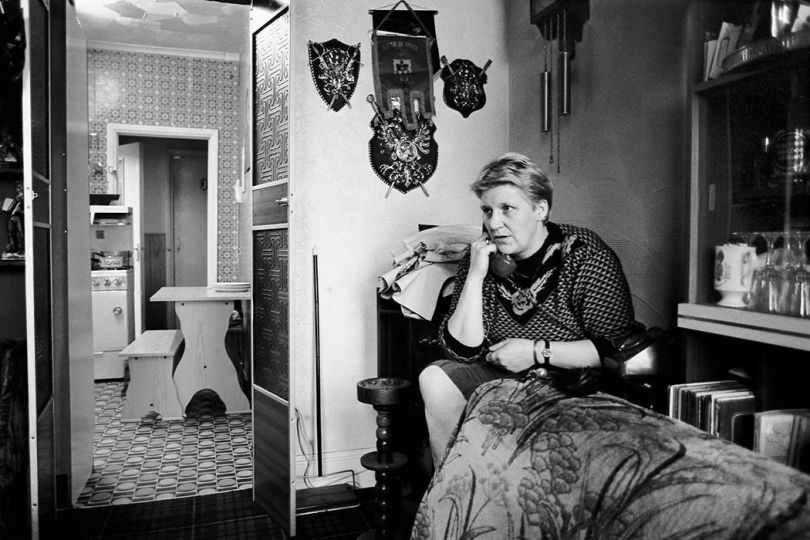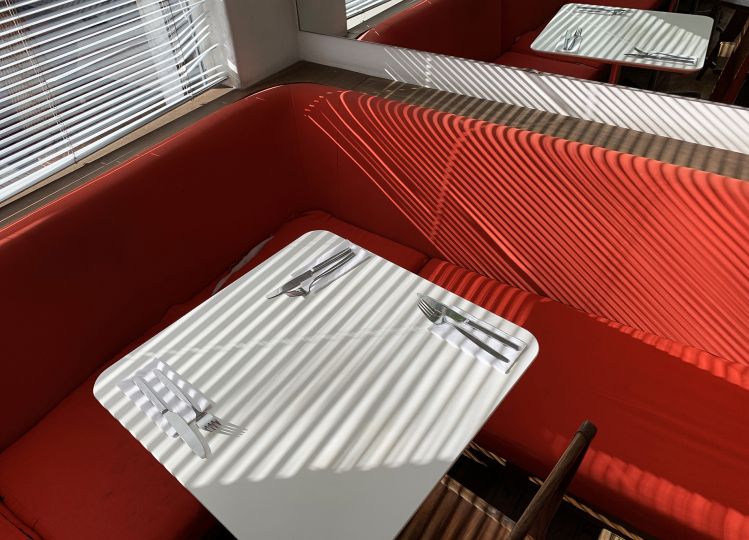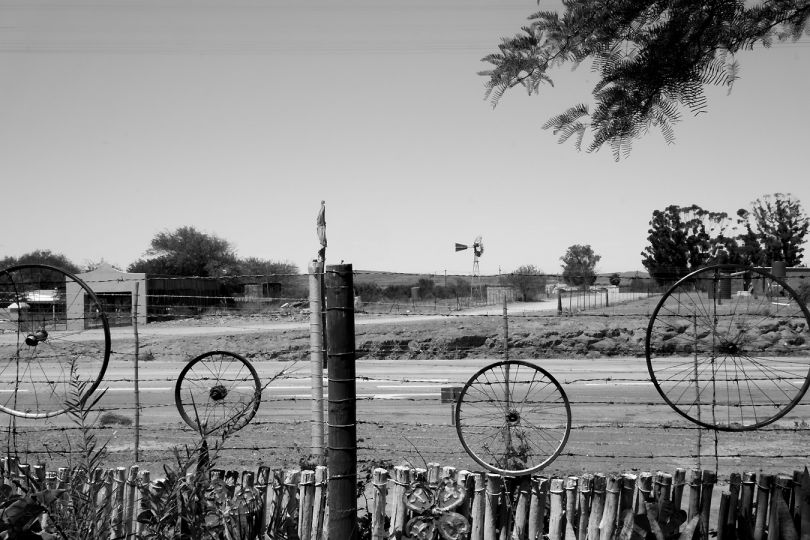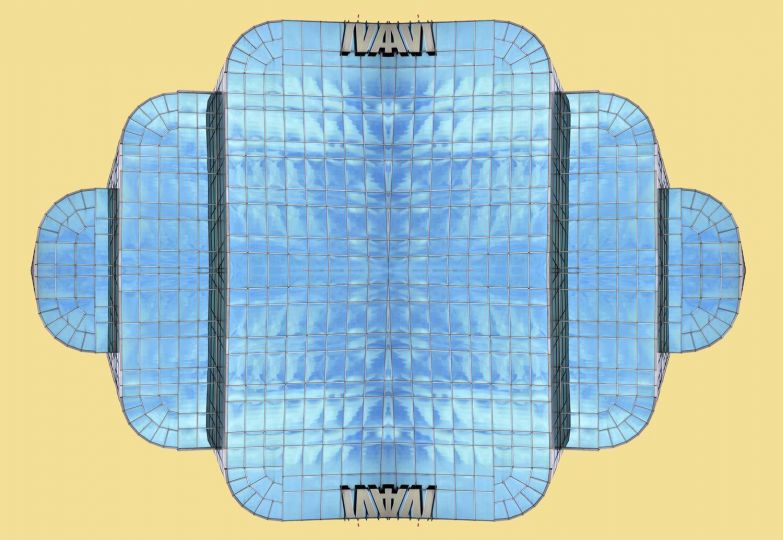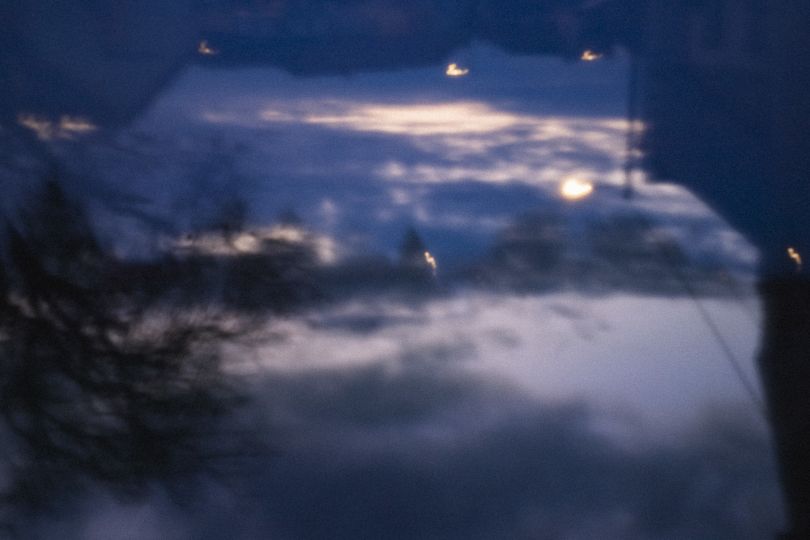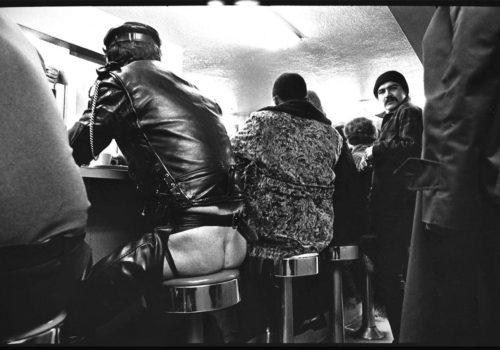My name is Andrius Repšys. I am running a unique photography project. I probably started a creative project that has never been tried in the world before. No one has photographed prisons using a drone yet in order to create an artistic photography exhibition. The drone and the prison had only been linked unlawfully before.
Even though in our society prison represents a place of deprivation of liberty, it seems to correspond to flight and symbolize freedom in the series of photographs that has been conceived as the opposite of everyday life. Photography from above can rapidly create a negative impression even though modern sports grounds can be seen from above. An oppressive mood is created by the realization that even in the case of a daily walk from wall to wall, every person needs activity.
Notwithstanding the fact that prisons, as institutions, seem to mean public protection where prisoners are to be treated as misfits, we see small human figures that make up only the smallest part of the picture and are the owners of elongated titanic shadows – their souls that are larger than themselves. The shadows depict their desire to be free and show prisoners’ thoughts of freedom that cannot be imprisoned between walls or in people’s bodies. This is how existential and social exclusion issues are raised. The codes and markings in the photographs could be deciphered by reading the indirectly created graphic figures and shapes. But the question is, “Are we really the ones outside the borders and free?” It is also a social project encouraging members of society, especially juveniles, to realize that crimes end with imprisonment and places for punishment are not filled with criminal romance and fun time.
Panoptic cartography
Andrius Repshys’ multifaceted activity covers a wide field of photographic activity. He is one of the most active photographers, who has been creatively combining artistic, practical, and business initiatives in the field of photographic art and technology for two decades. This artist is one of the first in Lithuania to purposefully strive for the mastery of drone photography. Its possibilities have only started being discovered and the boundaries of depiction and themes being expanded. Having previously had experience in aviation photography, Andrius Repsys gives new impulses to drone photography. He refines technique, optics, visual meaning, and seeks meaningful combinations of forms and unexpected sequences as well as thematic cyclicality behind aesthetic beauty.
The fact that Andrius and other photographers open to innovations are fascinated by the possibilities of drones should not come as a surprise- everyone has always dreamed of seeing the world through the eyes of God, a bird, or a dreamy flight. Therefore, the great innovator of photography, Nadar, dates back to 1858. He was one of the first ones in the history of photography who tried to capture an image of the earth from the sky from a hot air balloon. Nadar simultaneously developed photographic techniques and enthusiastically improved balloon flights.
His creative passion combines photography, flight, and capturing images of the earth from an inhuman perspective. This is a prospect of incredible and simply divine powers. Therefore, it was only with the invention of airplanes that it was very quickly appropriated by military intelligence photographers and used by the militaristic killing industry. Therefore, the aspiration of photographers to admire the unique perspective of the earth from the sky with disinterestedness is ambiguous. It recalls the danger of the power of this vision and, on the other hand, opens up the astonishing beauty of the world. With the development of drone technologies, the horizons of photographers are expanding.
This is the beginning of a new art of video and photography. It will take us a long time to learn to see the world flying head down. Andrius methodically researches various “maps” of nature, architecture, urban spaces, and human mobility. This is his enthusiasm and the constant refinement of sight and thought for different optics of the earth. Most importantly, he does not stop being hypnotized by the beauty of the earth from above.
The earth is not only beautiful- it has many paradoxes and hidden meanings. Some of them can only open up from above. It is very important to see them. This is exactly what Andrius succeeded in during his latest cycle of Lithuanian prison yards. In these photographs, two panoptic systems met the prison and the drone. In the field of art, drones are expected to face incredible prospects. This is related to the change of the boundaries of traditional visuals in the same way as in the works of Andrius Repsis and the robotic control of drones and similar to the case of Space Pixels technology where many drones move synchronously in the sky to create incredible kinetic and luminous sculptures or self-draw gigantic graffiti.
On the other hand, there is no need to rave about the advanced technology of flying robots. The endless possibilities also lie in the properties of a regular drone. The world is already quite different from above.
That is how you need to see it and only then we will spot new themes, provocative experiments, imaginative and unexpected images, and a bird in the eyes of a criminal dreamily looking at the sky.
text by Virginijus Kincinaitis

